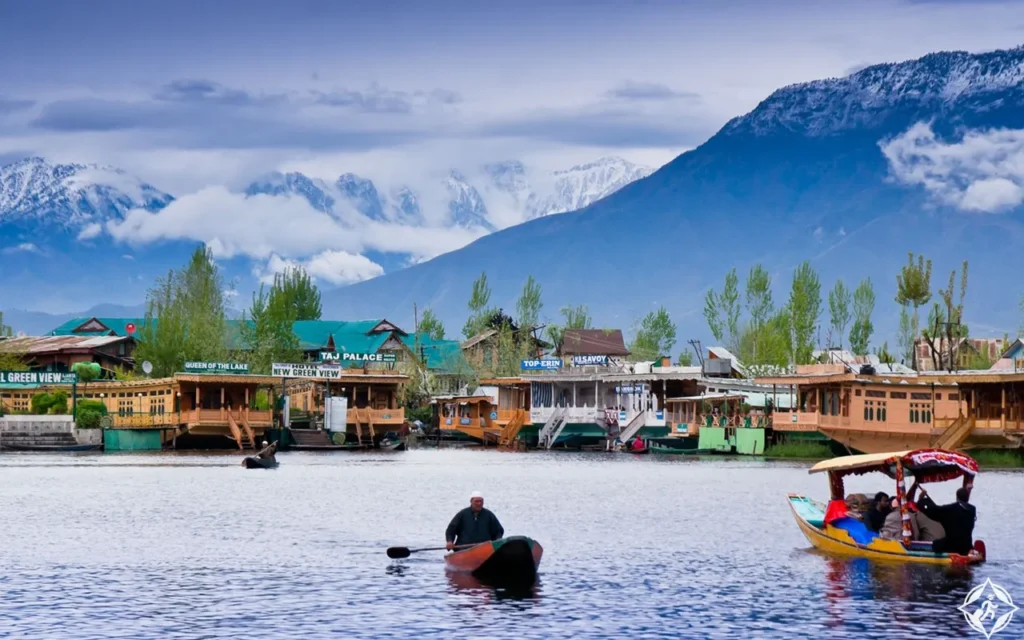Kashmir, a geographical and cultural region nestled in South Asia, is renowned for its captivating natural beauty. Surrounded by India, Pakistan, and China, this region encompasses the Kashmir Valley and its picturesque surroundings. With its majestic Himalayan mountains, serene lakes, and lush green valleys, Kashmir is a true paradise on Earth.
Historically, Kashmir was an independent kingdom until it fell under British control in the 19th century. However, when British colonial rule ended in 1947, the Indian subcontinent was divided into two independent nations: India and Pakistan. This division led to a conflict over the control of Kashmir between the two newly formed countries.
Presently, a portion of Kashmir is under Indian control, while another portion is under Pakistani control. The two sides are separated by a ceasefire line, known as the Line of Control. This line serves as a de facto border, but the dispute over Kashmir remains unresolved, and tensions persist.
The conflict over Kashmir is deeply rooted in political, historical, and religious factors. Both India and Pakistan claim the entire region as their own, with each side citing different historical, legal, and political justifications. The dispute has resulted in several wars and skirmishes between the two countries, causing immense suffering for the people living in the region.
For the people of Kashmir, the ongoing conflict has had a profound impact on their daily lives. The region has witnessed a long-standing insurgency, with various militant groups fighting for independence or union with either India or Pakistan. This has led to a heavy military presence in the region, affecting the lives of ordinary Kashmiris and creating a sense of insecurity.
Moreover, the conflict has resulted in human rights abuses, including enforced disappearances, extrajudicial killings, and torture. Both Indian security forces and militant groups have been accused of committing these violations, leading to widespread allegations of human rights violations in the region.
The people of Kashmir have endured decades of uncertainty and unrest, with limited access to basic amenities such as education, healthcare, and economic opportunities. The conflict has also hindered the region’s development and tourism potential, despite its natural beauty and cultural richness.
Efforts to resolve the Kashmir conflict have been made over the years, including bilateral talks between India and Pakistan, as well as international mediation. However, a lasting solution has remained elusive, and the situation continues to be a cause for concern.
It is crucial for all parties involved to prioritize dialogue, diplomacy, and peaceful negotiations to find a mutually acceptable resolution to the Kashmir conflict. The well-being and aspirations of the people of Kashmir should be at the forefront of any discussions, with a focus on ensuring their fundamental rights, security, and development.
Kashmir is a region of immense natural beauty and cultural significance, but it is also marred by a long-standing conflict between India and Pakistan. The ongoing dispute has had a profound impact on the lives of the people of Kashmir, leading to human rights abuses, insecurity, and limited development opportunities. It is imperative for all stakeholders to work towards a peaceful and just resolution that respects the aspirations of the people of Kashmir.

سمها بالعربية قِشْمير وكشمير،[5][6][7] وكانت تهجئتها السنسكريتية कश्मीर (káśmīra)[8]، وكالعديد من الأسماء الجغرافية القديمة، فإن معناها الأصلي أو مصدرها ليس معلوماً. كما كانت كلمة «كشمير» تُنطق «كشميري» بالإنجليزية. وبانقضاء القرون، قام العديد من «البوراناس» بربط كلمة «كاشميرا» kaśmīra باسم حكيم أسطوري يُدعى «كاشيابا». ولهذا كان يُقال أن كلمة «كاشميرا» هي كلمة مشتقة من «كاشيابا ميرا» وهو ما يعني «بحر كاشيابا» (ووادي كشمير الذي كان عبارة عن بحيرة في الماضي كما يظن البعض)، وربما تكون مشتقة من «كاشيابا ميرو» وهو ما يعني «جبل كاشيابا».
المساحة[]
تبلغ مساحتها 242,000 كم مربع وعدد سكانها 15 مليون نسمة حسب تقديرات عام 2000، تُقدّر نسبة المسلمين فيها بـ %90، وأتباع الدّيانة الهندوسية بـ %8 والبوذيُّون بواحد بالمئة.



